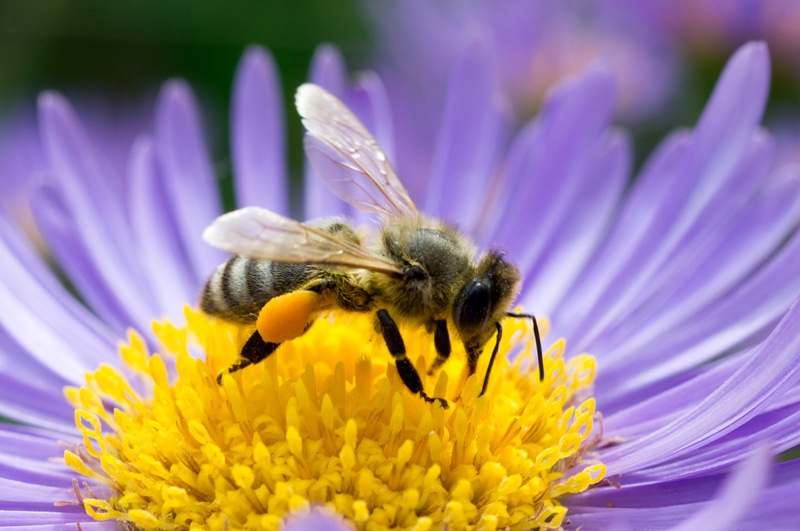When you purchase through connexion on our site , we may earn an affiliate direction . Here ’s how it make for .
There might actually be a useful aim for having a favourite coloration — at least if you ’re a bee .
The favorite color of the buff - tailed humblebee ( Bombus terrestris ) , violet in its case , could assist it find more honeyed nectar , scientist now rule .

Bumblebee visiting a violet flower.
Researchers take bees that had never examine realflowersfrom nine southerly Germany humblebee colonies and exposed them to violet or gloomy artificial flowers in the lab . The researcher determine these bee — one of the most numerous humblebee coinage in Europe — often prefer violet to blue , apparently innately .
The scientist then letbumblebeesfrom the same colony forage for ambrosia from literal blossom in their natural habitat . The violet flower where the bees dwell produced far more nectar than the next most rewarding flower color , blue-blooded . So bee colonies that preferred reddish blue harvest more nectar , findings detail in the June 20 issue of the journalPLoS ONE .
" If you spill the beans with friends , everyone has favored coloring , and now we find these might in reality be useful , " enunciate researcher Nigel Raine , a University of London evolutionary ecologist .

preceding enquiry has shown animals often have favorite colouring material , smells and other signals when it come to choosing a teammate , but little enquiry has been hold out concerning how such sensory preference affect search for food . These new finding propose the bumblebee developed their favorite coloration over time to coincide with the most nectar - richflowersavailable . Indeed , violet or blue flowers are often the most rewarding bloom color in many habitats .
The work could have conditional relation for other coinage , " with inherent centripetal diagonal helping out inexperient animals , " Raine suggested . " We might require scallywag mintage experience in loggerheaded forest toprefer scarlet colorsto help them to find ripe fruit against the preponderantly green ground . "
















